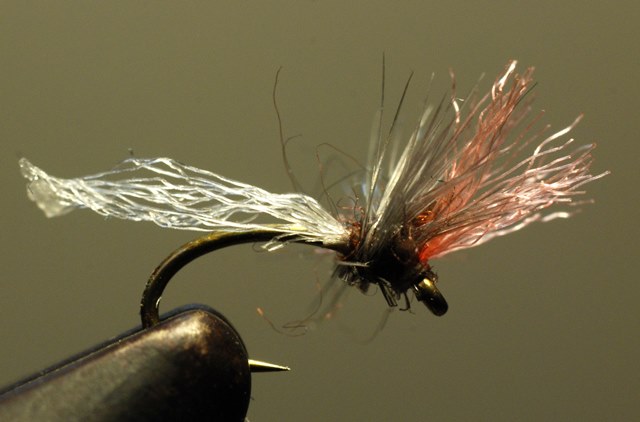COLD & SNOW; SHOWS & FLY TYING
/Right now it’s about 2:00 P.M. MST and it’s 5 degrees Fahrenheit outside and snowing. Looks like it will be this way for the better part of the next four or five days, so I’ll be tying flies and thinking about the upcoming Fly Fishing Shows I’ll be participating in across the country. I’ve been teaching classes, tying flies, signing my books, and presenting seminars at the shows every year since 2001. Check the event schedule on my web site to see if I’ll be at a location near you.
I’m teaching my Practical Nymphing Class again in 2014 at the Denver, CO; Somerset, NJ; Lynnwood (Seattle) WA; and Pleasanton, CA shows. Each year I try to add something new to the class. We’ll spend more time discussing tight-line nymphing this time around, but it’s going to be in the context figuring out which nymphing technique works best for the water type you are fishing. The best thing about the class is that the number of participants is limited. That means we’ll really be able to talk about how to improve your nymphing techniques whether you’re a beginner or more experienced nymph fisher. We’ll also spend time discussing nymphing fundamentals such as knots, rigs and strike detection. If you’re interested in taking the class check out the details and register at the Fly Fishing Show website.
All right, then. It’s time for me to tie some flies. I’ll show you what I come up with a little later.





















